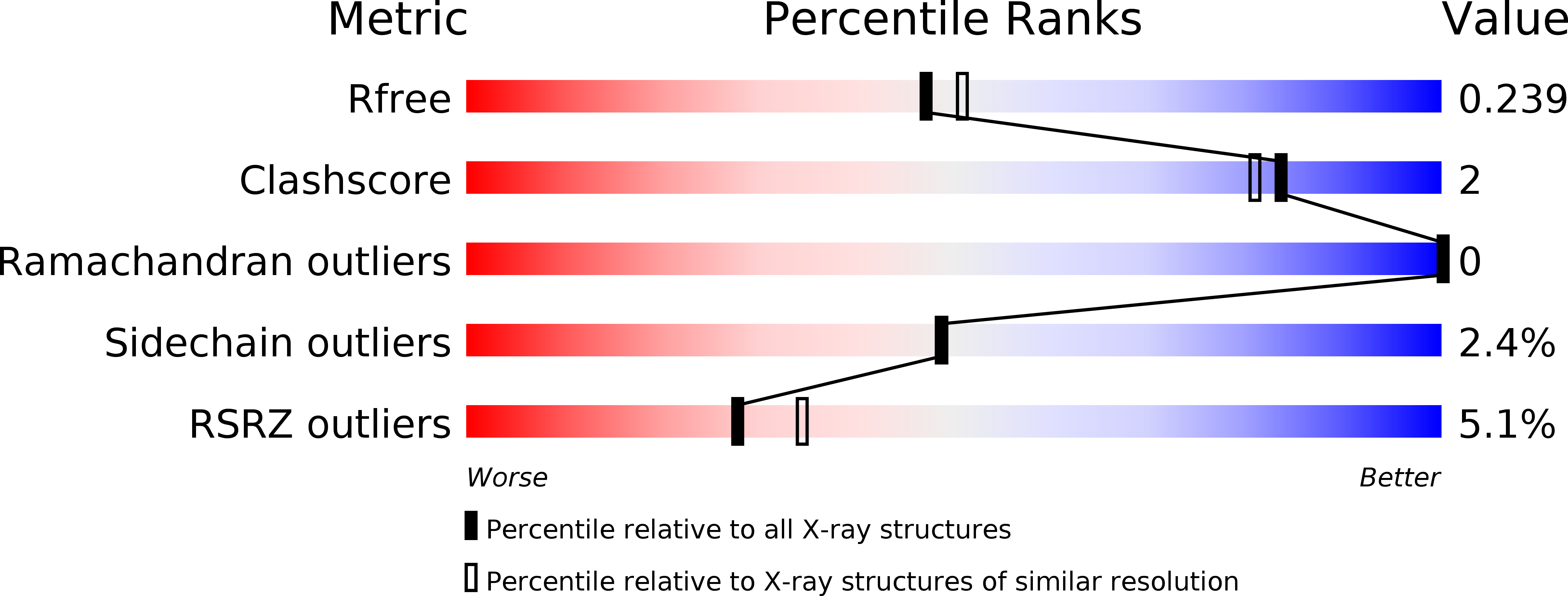
Deposition Date
2015-08-09
Release Date
2015-09-02
Last Version Date
2024-01-10
Entry Detail
PDB ID:
5ABV
Keywords:
Title:
Complex of D. melanogaster eIF4E with the 4E-binding protein Mextli
Biological Source:
Source Organism:
DROSOPHILA MELANOGASTER (Taxon ID: 7227)
Host Organism:
Method Details:
Experimental Method:
Resolution:
2.13 Å
R-Value Free:
0.23
R-Value Work:
0.19
R-Value Observed:
0.19
Space Group:
P 1 21 1


